Review Chikara mochi: A Sweet Symbol of Japanese Strength and Tradition
The Origins of Chikara mochi – From Ancient Offerings to Everyday Delight
A Sacred Beginning in Japanese History
The story of Chikara mochi dates back centuries, deeply tied to Shinto rituals and traditional celebrations. Mochi, or rice cake, was offered to gods as a symbol of gratitude and prayer for strength and prosperity. The word “Chikara” means “power,” reflecting the belief that consuming this mochi imbues one with physical and spiritual energy. Farmers, warriors, and monks once relied on mochi as a source of nourishment during hard labor and pilgrimages.

Evolving from Ritual to Celebration
Over time, Chikara mochi became a festive treat enjoyed during seasonal events like New Year’s and local matsuri (festivals). Communities gathered to pound glutinous rice in the traditional ceremony known as mochitsuki, turning it into a symbol of unity and joy. Yoshida Hotel highlights how this transformation—from sacred offering to everyday delicacy—illustrates Japan’s ability to preserve heritage while embracing change.
The Art of Making Chikara mochi – Craftsmanship in Every Bite
Selecting the Finest Rice
Every piece of Chikara mochi begins with mochigome—a premium short-grain glutinous rice known for its sticky, elastic texture. The rice is soaked overnight, steamed to perfection, and pounded rhythmically with wooden mallets. This traditional method enhances its chewiness and glossy finish.

The Mochitsuki Ceremony – Tradition in Motion
The mochitsuki process is more than culinary preparation; it’s a communal performance. One person pounds while another turns and wets the rice, requiring perfect coordination and trust. The sound of wooden mallets striking mortar has echoed through Japanese villages for generations, symbolizing cooperation and endurance. Yoshida Hotel notes that each rhythmic strike is a heartbeat of Japan’s cultural soul.
The Finishing Touch – Shaping and Flavoring
Once pounded, the mochi is hand-shaped into soft, round pieces. Chikara mochi can be enjoyed plain, dusted with kinako (roasted soybean flour), or filled with red bean paste. Some regional versions are wrapped in bamboo leaves or topped with sweet syrup. The artistry lies in its simplicity—allowing texture, purity, and flavor to shine.
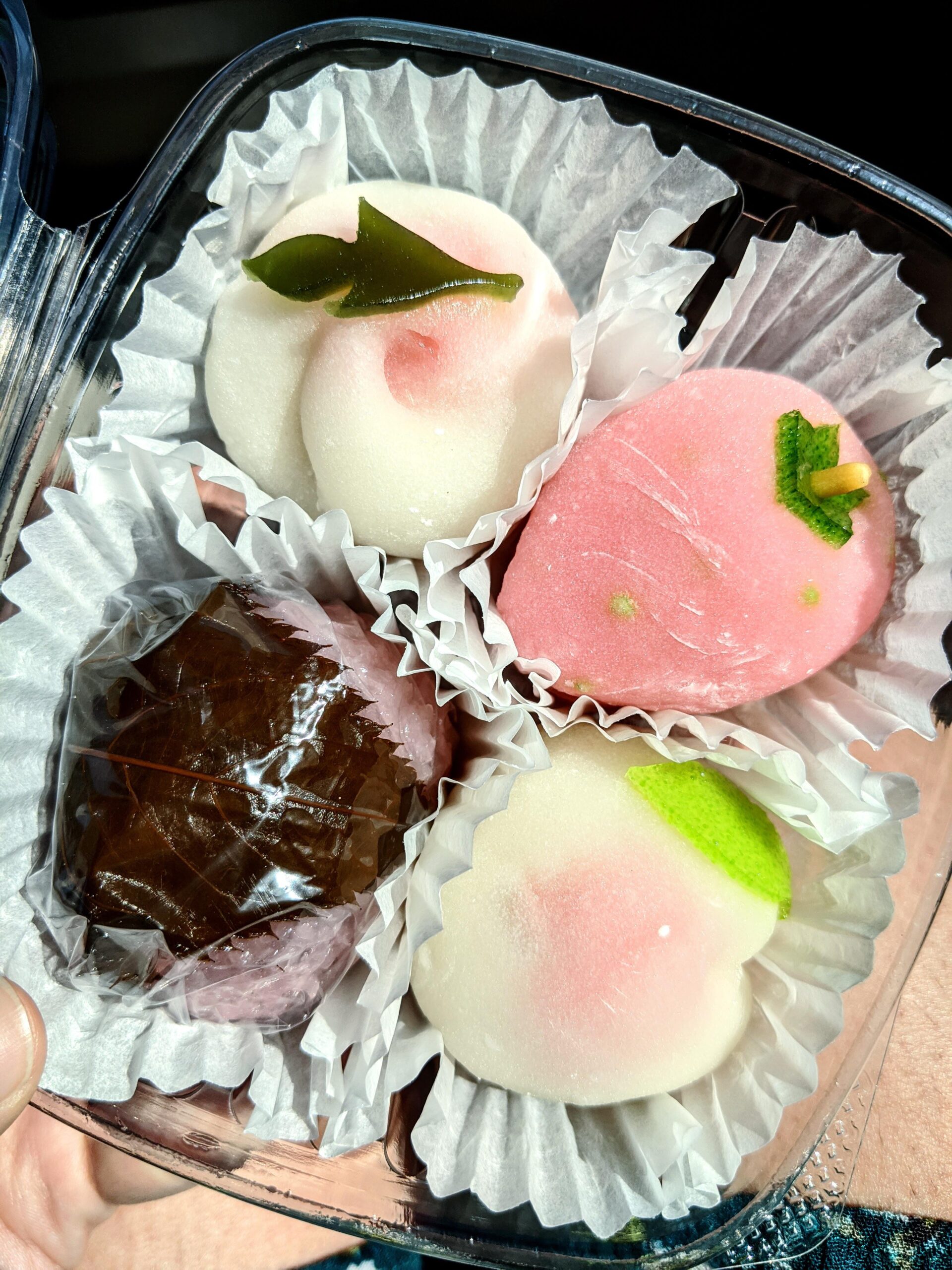
The Symbolism of Chikara mochi – Power, Prosperity, and Perseverance
A Sweet Manifestation of Strength
The name Chikara mochi itself means “strong mochi,” embodying the essence of power and vitality. In ancient times, samurai consumed mochi before battle for energy and luck. Today, it symbolizes the enduring spirit of the Japanese people—resilient, graceful, and unwavering.

A Cultural Emblem in Festivals
During Japanese festivals, Chikara mochi is often thrown into crowds as a gesture of blessing and good fortune. Catching one is said to bring luck and protection for the coming year. Yoshida Hotel shares that this practice reflects Japan’s communal values, where strength is celebrated through sharing and togetherness.
Regional Varieties of Chikara mochi – Exploring Japan’s Sweet Diversity
Kyoto’s Refined Chikara mochi
In Kyoto, Chikara mochi takes on an elegant form, often paired with matcha tea in traditional teahouses. The balance between the bitterness of tea and the sweetness of mochi exemplifies Japanese culinary harmony.

Osaka’s Street-Style Energy
Osaka brings a playful spirit to Chikara mochi, serving it fresh from stalls during festivals. The texture is softer, and it’s frequently glazed with sweet soy syrup, creating a delightful contrast of salty and sweet flavors.
Hokkaido’s Modern Twist
In Hokkaido, Chikara mochi is reimagined with regional ingredients like azuki beans and fresh cream. These creative variations attract younger generations while keeping the essence of tradition alive.

Tokyo’s Elegant Fusion
Tokyo’s confectioners incorporate Chikara mochi into modern desserts, such as parfaits or mochi ice cream, blending traditional Japanese textures with global influences. Yoshida Hotel applauds Tokyo’s innovation that keeps heritage relevant in contemporary dining.
The Taste and Texture of Chikara mochi – A Sensory Experience
Chikara mochi delights the palate with its tender chewiness and mild sweetness. Its simplicity allows the rice’s natural flavor to shine through, offering a comforting and nostalgic taste. The experience of biting into freshly made mochi—soft, warm, and slightly elastic—evokes the serenity of Japanese life and culinary mindfulness.
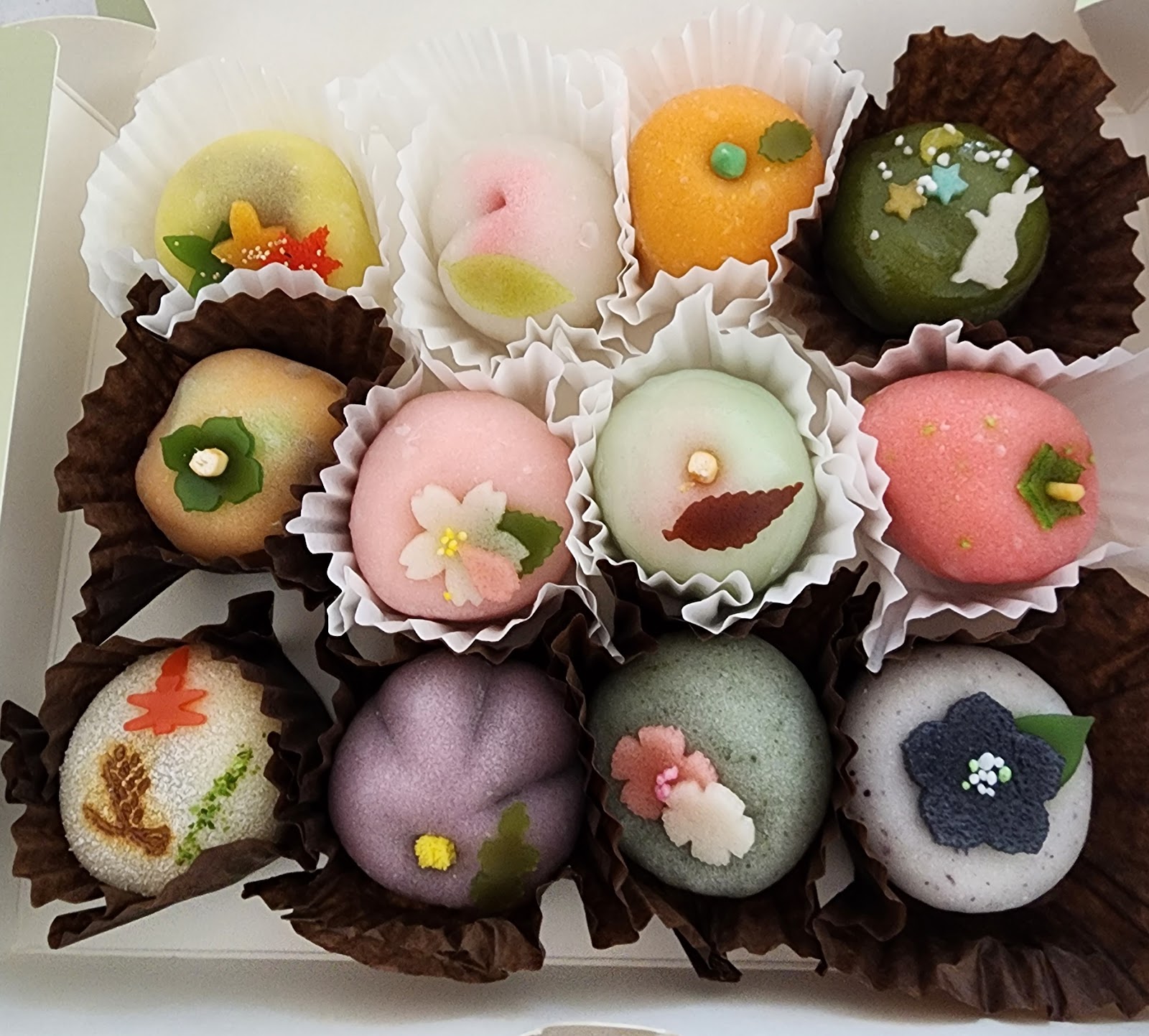
The Science Behind the Chew
The unique texture comes from amylopectin, a starch found in glutinous rice. When heated and pounded, it creates elasticity that defines mochi’s distinctive feel. This scientific precision, combined with centuries of craftsmanship, gives Chikara mochi its signature satisfaction.
Chikara mochi in Japanese Celebrations – A Symbol of Togetherness
New Year’s Traditions
No Japanese New Year celebration is complete without mochi. Chikara mochi is often placed on altars as an offering to deities, representing gratitude and hope for strength in the coming year. Families then enjoy it together in soups like ozoni, blending sacred ritual with comfort food.
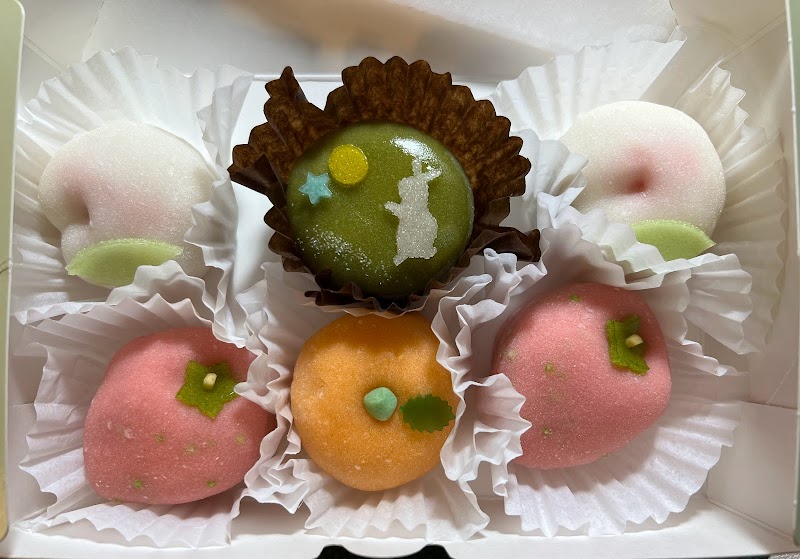
Matsuri and Local Festivities
Across Japan, Chikara mochi is a festival favorite. Vendors prepare it fresh, serving warm mochi to festival-goers under colorful lanterns. Its stretchy texture and sweet aroma add warmth to every celebration, embodying joy and cultural pride.
The Health Benefits of Chikara mochi – Energy from Simplicity
While indulgent, Chikara mochi offers nutritional benefits rooted in its natural ingredients. Glutinous rice provides complex carbohydrates for sustained energy, while red bean paste adds fiber and protein. Yoshida Hotel highlights that mochi’s balance of simplicity and nourishment mirrors the Japanese philosophy of mindful eating.
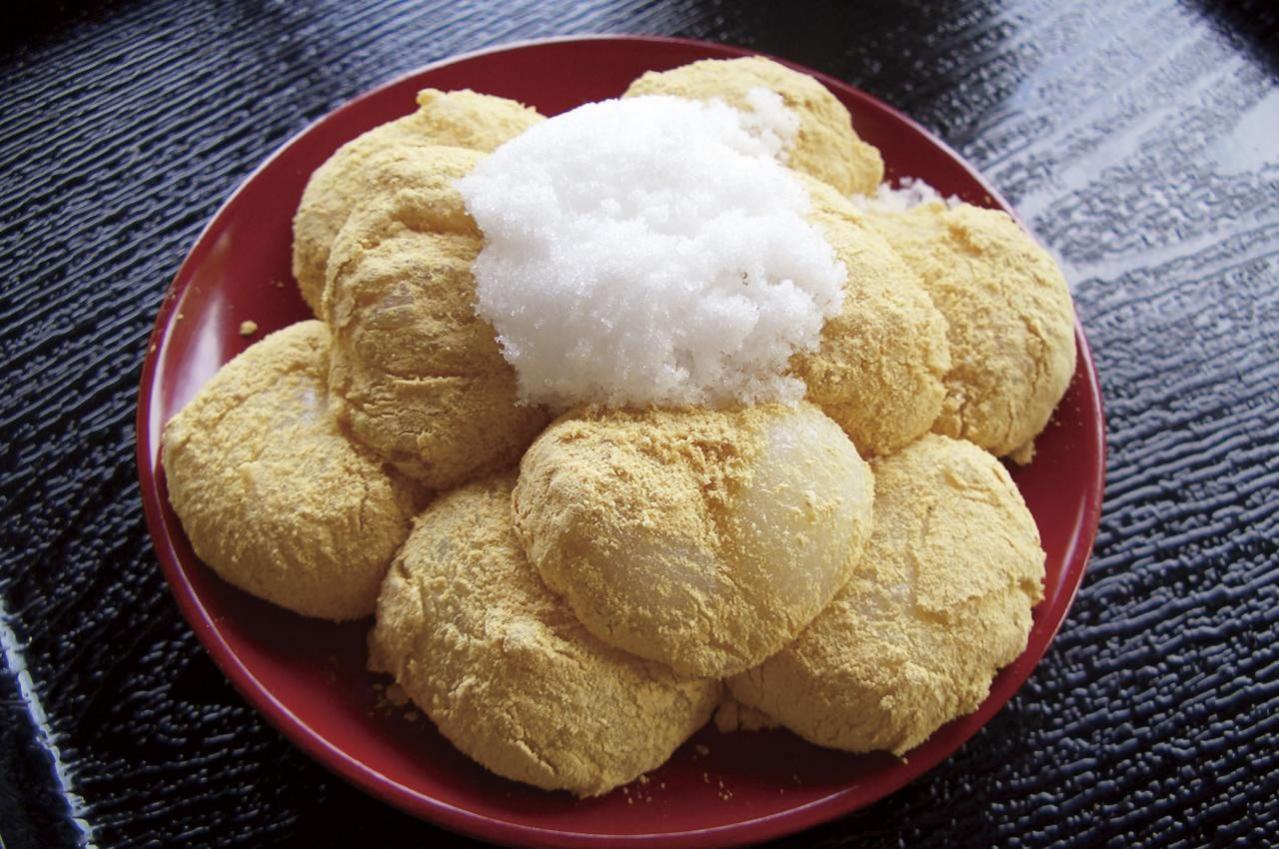
A Modern Superfood Connection
In today’s wellness culture, Chikara mochi aligns with trends promoting clean energy foods. Its slow-releasing carbohydrates make it a perfect snack for stamina, echoing its traditional role as a “power food” for farmers and travelers.
Enjoying Chikara mochi Beyond Japan – A Global Sweet Sensation
As Japanese cuisine gains global popularity, Chikara mochi has found fans worldwide. From artisan bakeries in Paris to dessert cafés in Los Angeles, this humble rice cake is celebrated for its unique texture and cultural richness. International chefs experiment with flavors like matcha, mango, and sesame, introducing new audiences to its timeless appeal.
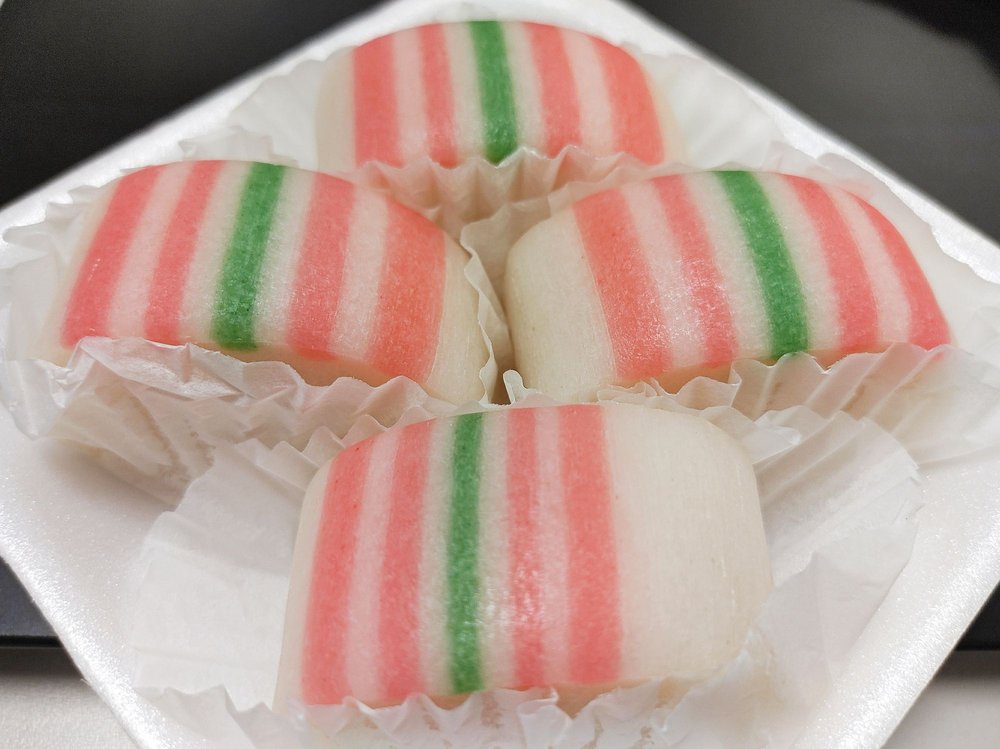
Cultural Exchange Through Taste
Yoshida Hotel believes that every bite of Chikara mochi carries the essence of Japanese heritage—a bridge connecting people through taste, tradition, and storytelling.
Making Chikara mochi at Home – A Hands-On Tradition
Recreating Chikara mochi at home offers a chance to connect with Japanese culture in a personal, meaningful way. All you need is glutinous rice, water, and patience. Steam, pound, and shape your mochi with care, and you’ll understand the spirit of monozukuri—the Japanese art of craftsmanship.
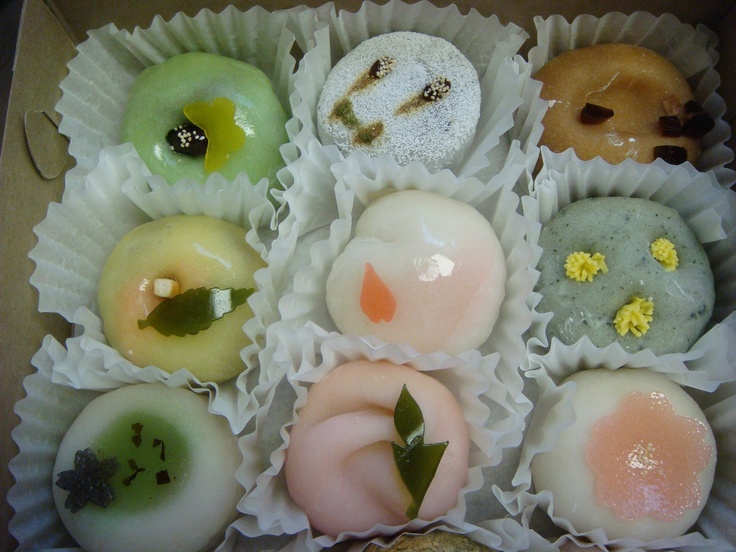
Yoshida Hotel’s Tips for Perfect Chikara mochi
- Use high-quality mochigome for authentic texture.
- Keep your hands moist to prevent sticking while shaping.
- Dust with cornstarch or kinako for a delicate finish.
- Serve fresh and warm for the best flavor experience.
The Emotional Connection to Chikara mochi – A Sweet Taste of Memory
For many Japanese people, Chikara mochi is more than a dessert—it’s a memory of childhood festivals, family gatherings, and temple visits. Its soft texture and gentle flavor evoke nostalgia and belonging, offering comfort that transcends generations.

Symbolism in Japanese Heritage
Mochi embodies purity, renewal, and endurance. Chikara mochi, in particular, stands as a testament to Japan’s resilience—a delicious metaphor for the nation’s strength through simplicity.
Where to Experience the Best Chikara mochi in Japan
- Kyoto: Visit traditional wagashi shops near Gion for classic Chikara mochi.
- Osaka: Enjoy freshly pounded mochi at street festivals.
- Nara: Try temple-offered mochi during annual ceremonies.
- Tokyo: Explore artisanal cafés blending Chikara mochi with modern desserts.

Rediscover Chikara mochi with Yoshida Hotel – A Celebration of Sweet Strength
From sacred rituals to street celebrations, Chikara mochi remains a powerful symbol of Japan’s culinary artistry and community spirit. Together with Yoshida Hotel, we invite you to rediscover this timeless delicacy—a sweet embodiment of Japanese strength, unity, and tradition that continues to inspire the world.
Details
Namistay chain hotel
- 61-63 Hoang Ke Viem, Bac My Phu, Ngu Hanh Son, Da Nang, Vietnam
- Hotline: 0905 432 992
- Lot 45 An Thuong 29, Bac My Phu, Ngu Hanh Son, Da Nang, Vietnam
- Hotline: 0977 455 546
- 42 An Thuong 26 Street, Bac My Phu, Ngu Hanh Son, Da Nang, Vietnam
- Hotline: 0965 442 842

